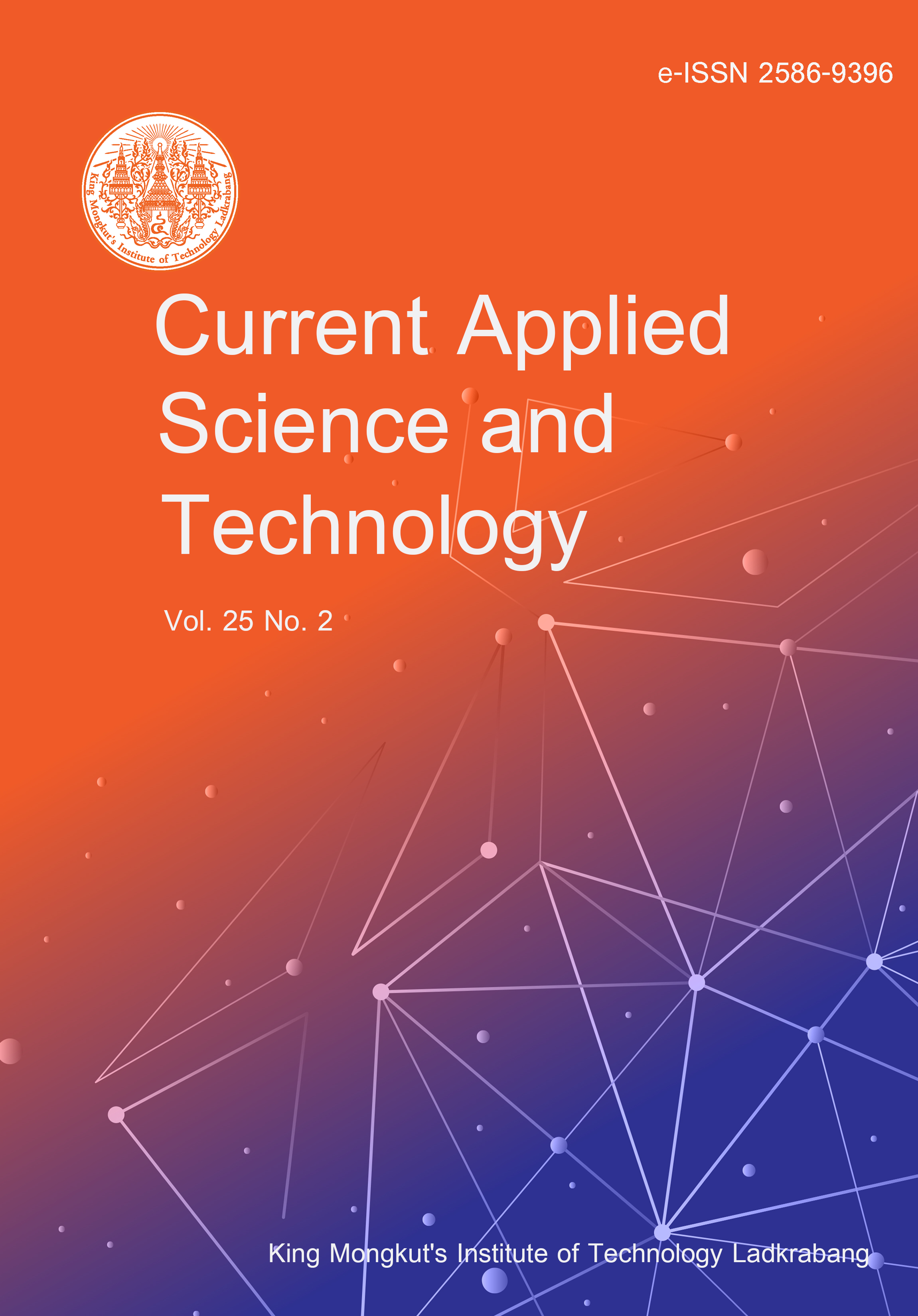Mycelium-based composite (MBC) offers an excellent sustainable alternative to hydrocarbon-based materials, especially styrofoam for packaging, due to its abundance of fungal mycelium that grows quickly on agricultural substrates, its biodegradable and its lightweight. The mycelium of a commercial mushroom species, Pleurotus ostreatus (PO), is used to fabricate MBC for packaging materials. Another species, Pleurotus pulmonarius (PP), prefers warmer weather, making it more common in tropical countries. Nevertheless, there is a lack of studies of PP mycelium-based composites and their mechanical and physical properties. This study investigated the physical and mechanical properties of PP mycelium/sawdust composite and compared to PO mycelium/sawdust composite. The results showed that the average density of PP/sawdust and PO/sawdust composites were 292.14 and 272.17 kg/m3, respectively, which fell within the range of low-density polyurethane foam. The final mass gain due to water absorption into PO/sawdust specimens was 144.04%, 1.41 times lower than PP/sawdust specimens. Furthermore, PP/sawdust composite exhibited 7.5 times faster water absorption rate than PO/sawdust composite, indicating that PO/sawdust had better water resistance. The PP/sawdust composite produced an equivalent compressive modulus to the PO/sawdust composite under compression up to 1.34 MPa of maximum value. Thus, the PP/sawdust composite showed excellent potential for substitution of biodegradable packages made from PO/sawdust composite as they contributed the equivalent strength; however, the PO/sawdust composite exhibited superior water resistance to the PP/sawdust composite. Consequently, PO/sawdust should be more advantageous if the biodegradable packaging is required to be of strength as high as the low-density polyurethane foam and of compatible water resistance.
Sratong-on, P. ., Puttawongsakul, K. ., & Kantawee, N. . (2024). Physical and Mechanical Properties of Indian Oyster Mushroom Mycelium/Sawdust Composites for Biodegradable Packaging Materials. CURRENT APPLIED SCIENCE AND TECHNOLOGY, e0262650. https://doi.org/10.55003/cast.2024.262650

